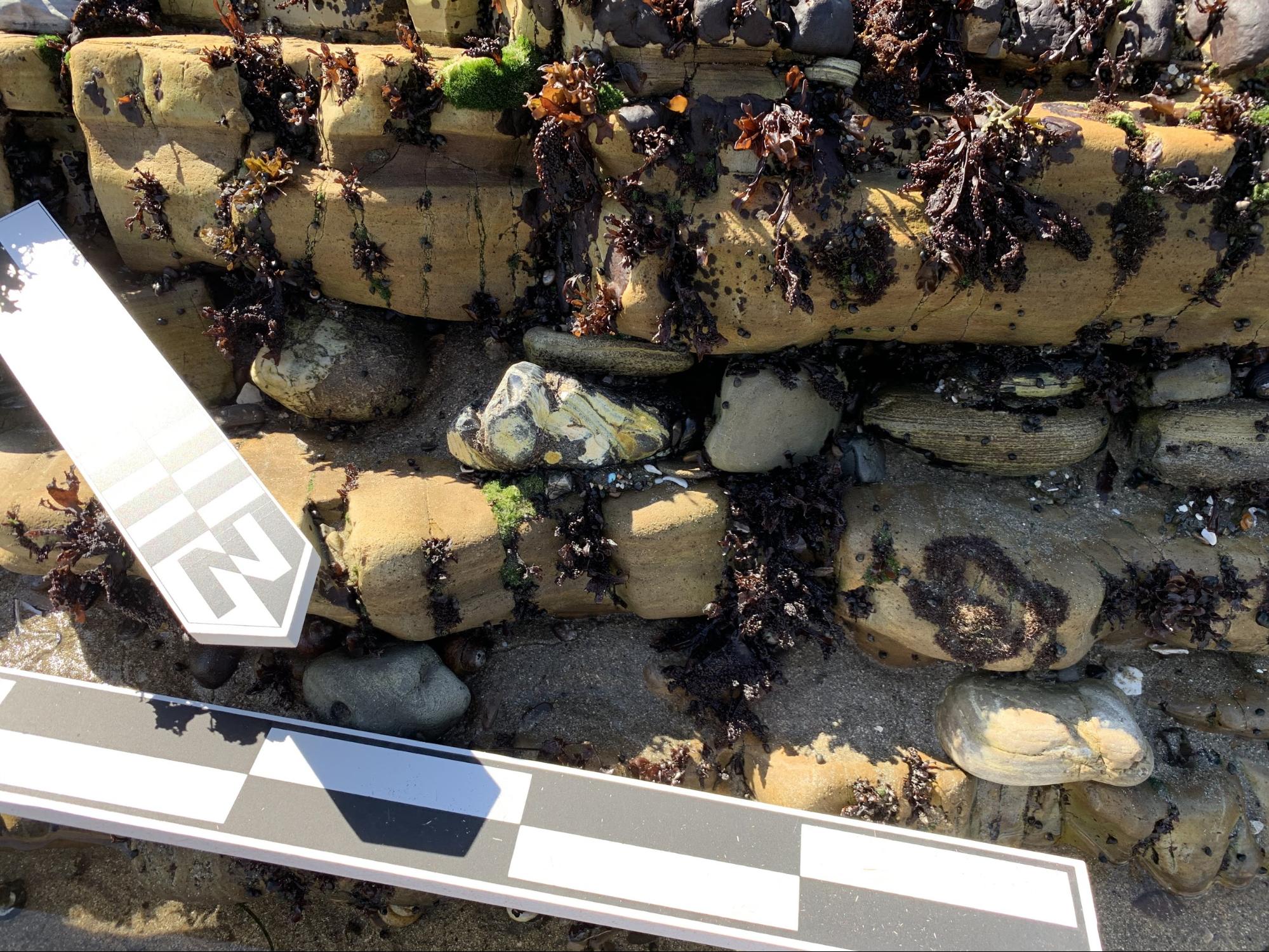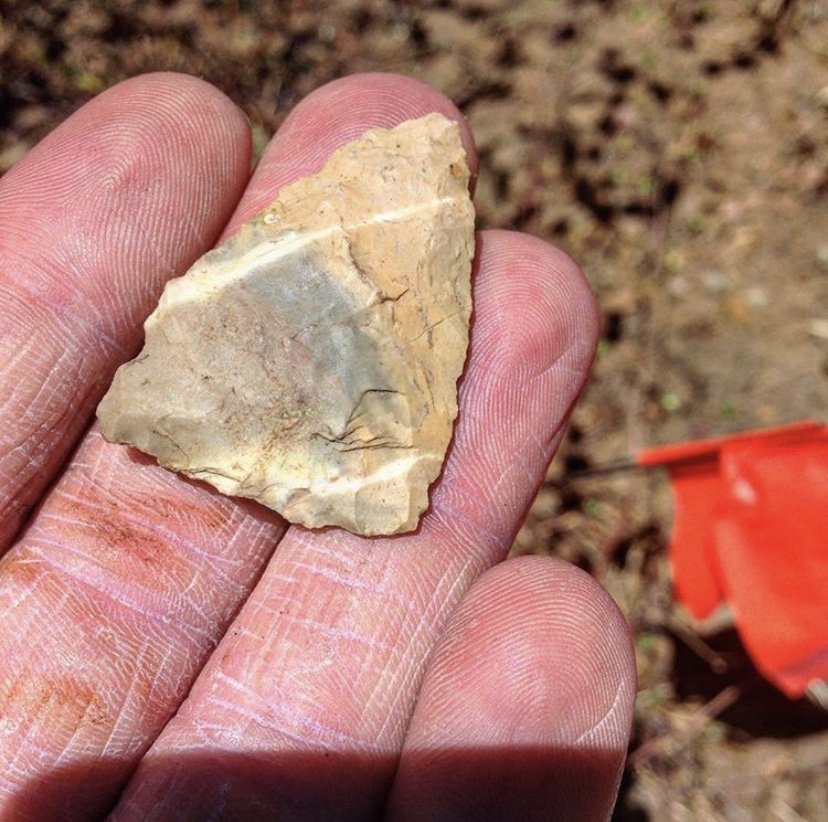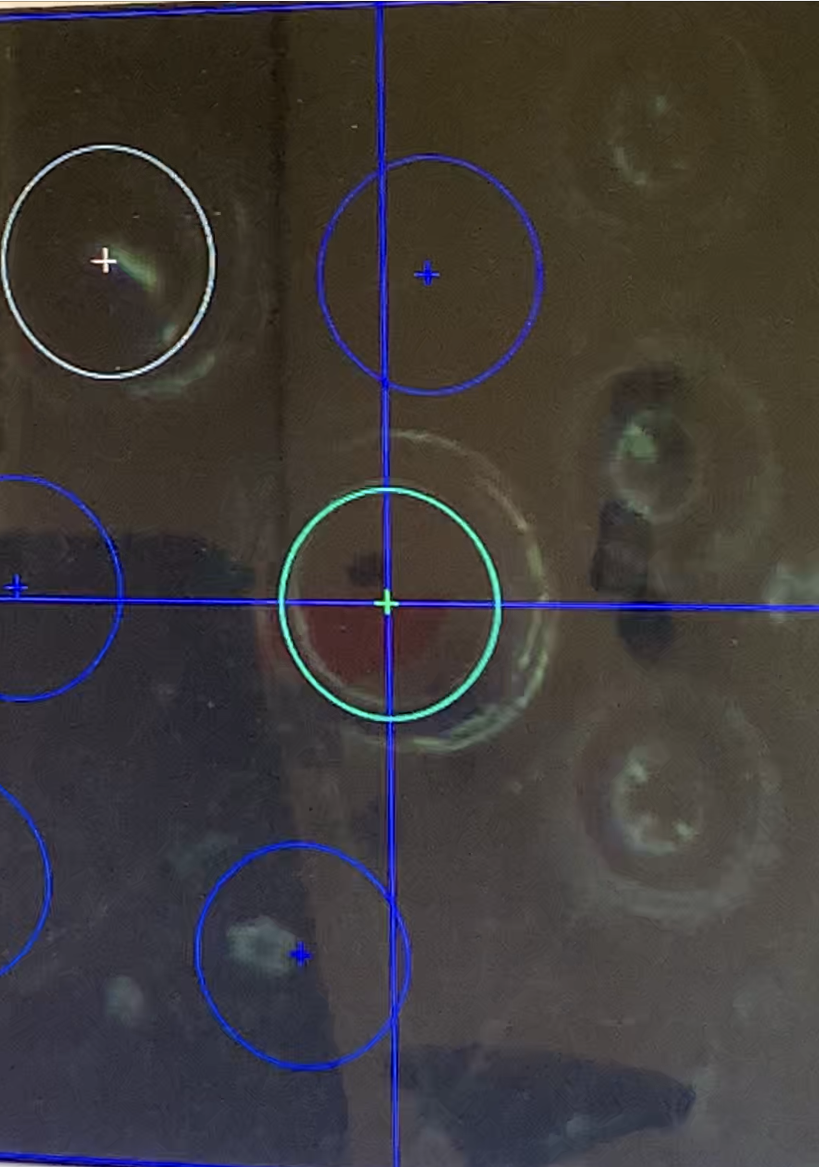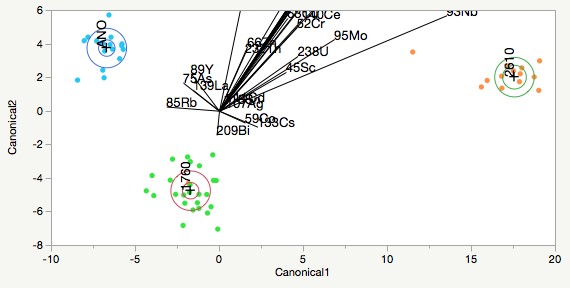Understanding Chert
 For 17 million years organisms called Diatoms have accumulated their remains on seafloor basins right off the coast of California. These marine animals build microscopic shells from silica which fall to the seafloor, creating a siliceous ooze that hardens into what we call chert. Examples of the chert nodules at Año Nuevo Point in California are pictured left. Through the process of becoming chert, diatoms have provided humans with the materials they needed to thrive and survive since our hominid ancestors first utilized stone tools, and plays a role in how we try to understand where archaeology meets natural history.
For 17 million years organisms called Diatoms have accumulated their remains on seafloor basins right off the coast of California. These marine animals build microscopic shells from silica which fall to the seafloor, creating a siliceous ooze that hardens into what we call chert. Examples of the chert nodules at Año Nuevo Point in California are pictured left. Through the process of becoming chert, diatoms have provided humans with the materials they needed to thrive and survive since our hominid ancestors first utilized stone tools, and plays a role in how we try to understand where archaeology meets natural history.
Material Culture
Monterey Chert forms in many separate basins on the seafloor, and surface outcrops range from the North San Francisco Bay Area to South of Los Angeles. These outcrops produce different qualities of chert, and were often the source of valuable trade items. Identifying where chert artifacts originates allows us to understand how people occupied landscapes, changed over time, and how cultures (specifically those of Native Californians) persisted through hardships ranging from sea level rise, climate change, colonialism and genocide.
Hard and Sharp
 Chert is extremely sharp, and incredibly durable, which is part of the reason Native Americans valued and worked hard to maintain control of it as a resource. The biface pictured left is a beautiful example of a chert artifact. Chert was a main component of the day-to-day lives of Native Californians, as it is perfect for making stone tools such as arrowheads and other projectile points, or bead drills. The Chumash people of southern California used chert to mass produce millions of Olivella shell beads that were traded throughout the West Coast of North America, and as far inland as present-day New Mexico, and the ancestors of the Amah Mutsun Tribal Band utilized chert to harvest grasses for basketry, process food and to hunt and harvest.
Chert is extremely sharp, and incredibly durable, which is part of the reason Native Americans valued and worked hard to maintain control of it as a resource. The biface pictured left is a beautiful example of a chert artifact. Chert was a main component of the day-to-day lives of Native Californians, as it is perfect for making stone tools such as arrowheads and other projectile points, or bead drills. The Chumash people of southern California used chert to mass produce millions of Olivella shell beads that were traded throughout the West Coast of North America, and as far inland as present-day New Mexico, and the ancestors of the Amah Mutsun Tribal Band utilized chert to harvest grasses for basketry, process food and to hunt and harvest.
A Chert Library
In 2019, I set out to identify the unique properties of key chert sources in Central California in order to help archaeologists identify where chert artifacts originated. By understanding where chert originated, we can better understand how native societies interacted with each other and their natural environment. Projects of this kind are referred to as provenance studies, and are important to understanding pre colonial archaeological sites that are primarily composed of stone materials. Provenance studies can help us understand exchange and trade, cultural expansion, technological development, and archaeological sites.
Laser Focus

It is often incredibly difficult to be certain of the true source of chert artifacts. Sometimes achert biface such as a spear head will be located near a known chert quarry, but often chert artifacts are found hundreds of miles from the nearest source. Knowing the components of each quarry allows us to trace artifacts found far away with handheld, portable devices. We aim to help create a reference library of chert sources, and by assessing the unique elemental properties of chert outcrops using Laser Ablation-Ionically Coupled Plasma- Mass Spectrometry (LA-ICP-MS) we have begun the process of making a chert source library a reality.. This process is virtually non-destructive, and uses a high-powered laser to introduce the sample to a mass spectrometer, which helps determine a geochemical signature. An example of the microscopic laser ablation craters are pictured right, and an aerial view of the archaeological site and pre colonial chert quarry CA-SLO-1760 is pictured right.
 I collected samples from three known chert quarries in Central California at Point Año Nuevo, Camp Roberts, and Camp San Luis Obispo. I collected directly from chert outcrops, instead of archaeological features, to guarantee that my data truly originated from the chert source being studied. I collected samples ensuring that all geologic areas in the outcrop would also be represented. I analysed these samples on the LA-ICP-MS to determine exactly which components are unique to each source, and used multivariate statistical analysis to determine if there are any diagnostic geochemical variables I can use to begin building a chert source library. As it happens it is possible to differentiate between each source with extreme confidence. The image below right shows a discriminant analysis between all three sources, which successfully differentiates samples to a specific source with 99% confidence.
I collected samples from three known chert quarries in Central California at Point Año Nuevo, Camp Roberts, and Camp San Luis Obispo. I collected directly from chert outcrops, instead of archaeological features, to guarantee that my data truly originated from the chert source being studied. I collected samples ensuring that all geologic areas in the outcrop would also be represented. I analysed these samples on the LA-ICP-MS to determine exactly which components are unique to each source, and used multivariate statistical analysis to determine if there are any diagnostic geochemical variables I can use to begin building a chert source library. As it happens it is possible to differentiate between each source with extreme confidence. The image below right shows a discriminant analysis between all three sources, which successfully differentiates samples to a specific source with 99% confidence.
Project Relevance
 Ultimately hundreds of chert sources in California, and untold thousands worldwide need to be analyzed to create a substantial database, and this project will require many years and significant collaboration amongst various invested parties (e.g., Native Californian communities, state and federal agencies, land owners, and archaeologists). However, similar provenance studies regarding obsidian, another material used by American Indians, has led to the cataloging of thousands of obsidian sources and it is now quite easy to source an obsidian artifact. Thanks to contributions from the Kenneth S. Norris Center for Natural History, this project has provided an additional tool that archaeologists can use to gather important data on three chert sources (such as the massive chert quarry site image below from an aerial view, which was utilized by American Indians for thousands of years) that are known to have played a major role in Native California cultures.
Ultimately hundreds of chert sources in California, and untold thousands worldwide need to be analyzed to create a substantial database, and this project will require many years and significant collaboration amongst various invested parties (e.g., Native Californian communities, state and federal agencies, land owners, and archaeologists). However, similar provenance studies regarding obsidian, another material used by American Indians, has led to the cataloging of thousands of obsidian sources and it is now quite easy to source an obsidian artifact. Thanks to contributions from the Kenneth S. Norris Center for Natural History, this project has provided an additional tool that archaeologists can use to gather important data on three chert sources (such as the massive chert quarry site image below from an aerial view, which was utilized by American Indians for thousands of years) that are known to have played a major role in Native California cultures.
